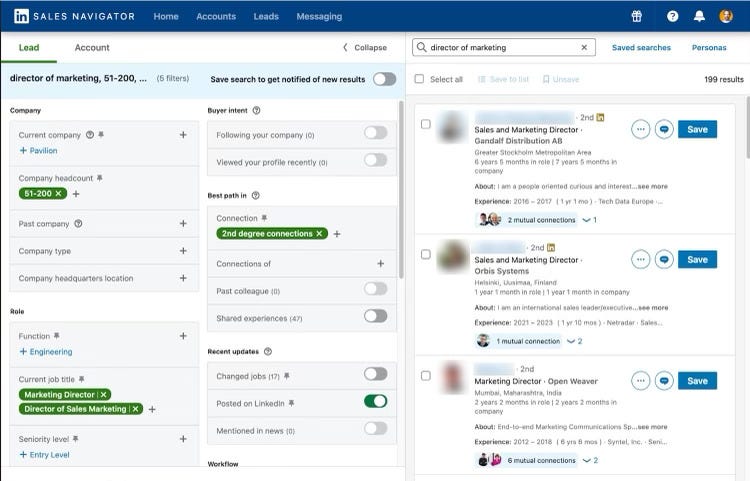Feed
This is a feed of links I've run across and found interesting or noteworthy. The images, content and opinions in them are owned by their respective authors.
Yet, another solution for PDF data extracting: using OpenAI ChatGPT API
thoqbk - github.com
The GitHub project offers a method for extracting data from PDFs using the OpenAI ChatGPT API.
PDF, data extraction, OpenAI ChatGPT, GitHub
dotnet/eShopSupport: AI Customer Support System
GitHub - github.com
A reference .NET application utilizing AI for a customer support ticketing system.
AI, .NET, customer support, application
Enhancing Business Processes with .NET Aspire and Generative AI
YouTube - youtube.com
Explore how .NET Aspire and Generative AI can transform business workflows, including real-world case studies.
.NET, aspire, generativeAI, AI, developer
I Built A $1M App In 5 Hours
Dawson Botsford - youtube.com
Dawson Botsford transitioned from a 9-5 job to create a $1M app solo in just 5 hours, showcasing potential for rapid development.
Solo Developer, $1M App, Rapid Development, Automation, Programming
What's Next for ASP.NET Core & Blazor
YouTube - youtube.com
Discover new features in ASP.NET Core and Blazor for .NET 9, aimed at enhancing web development.
.NET, blazor, aspnet, softwaredeveloper, microsoft
Why Most Programmers DON'T Last
YouTube - youtube.com
To succeed in software development, adopt a long-term mindset and avoid short-term thinking often promoted by conventional advice.
video, sharing, software, development

How to Automate B2B SaaS Hypothesis Testing
Andrew Bush - medium.com
Explore effective methods for testing product hypotheses in B2B SaaS, including targeted ads, interviews, and MVPs.
B2B, SaaS, hypothesis testing, automation
GitHub - mysticmind/reversemarkdown-net: ReverseMarkdown.Net is a Html to Markdown converter library in C#. Conversion is very reliable since HtmlAgilityPack (HAP) library is used for traversing the Html DOM
github.com
ReverseMarkdown.Net is a Html to Markdown converter library in C#. Conversion is very reliable since HtmlAgilityPack (HAP) library is used for traversing the Html DOM - mysticmind/reversemarkdown-net
GitHub - geffzhang/awesome-semantickernel: Awesome list of tools and projects with the awesome semantic kernel framework
github.com
Awesome list of tools and projects with the awesome semantic kernel framework - geffzhang/awesome-semantickernel
Using Bing Search API in the Semantic Kernel SDK
youtube.com
Did you know that you can use Semantic Kernel to search for information on the internet? In this video, I show you how you can use WebSearchEnginePlugins tha...